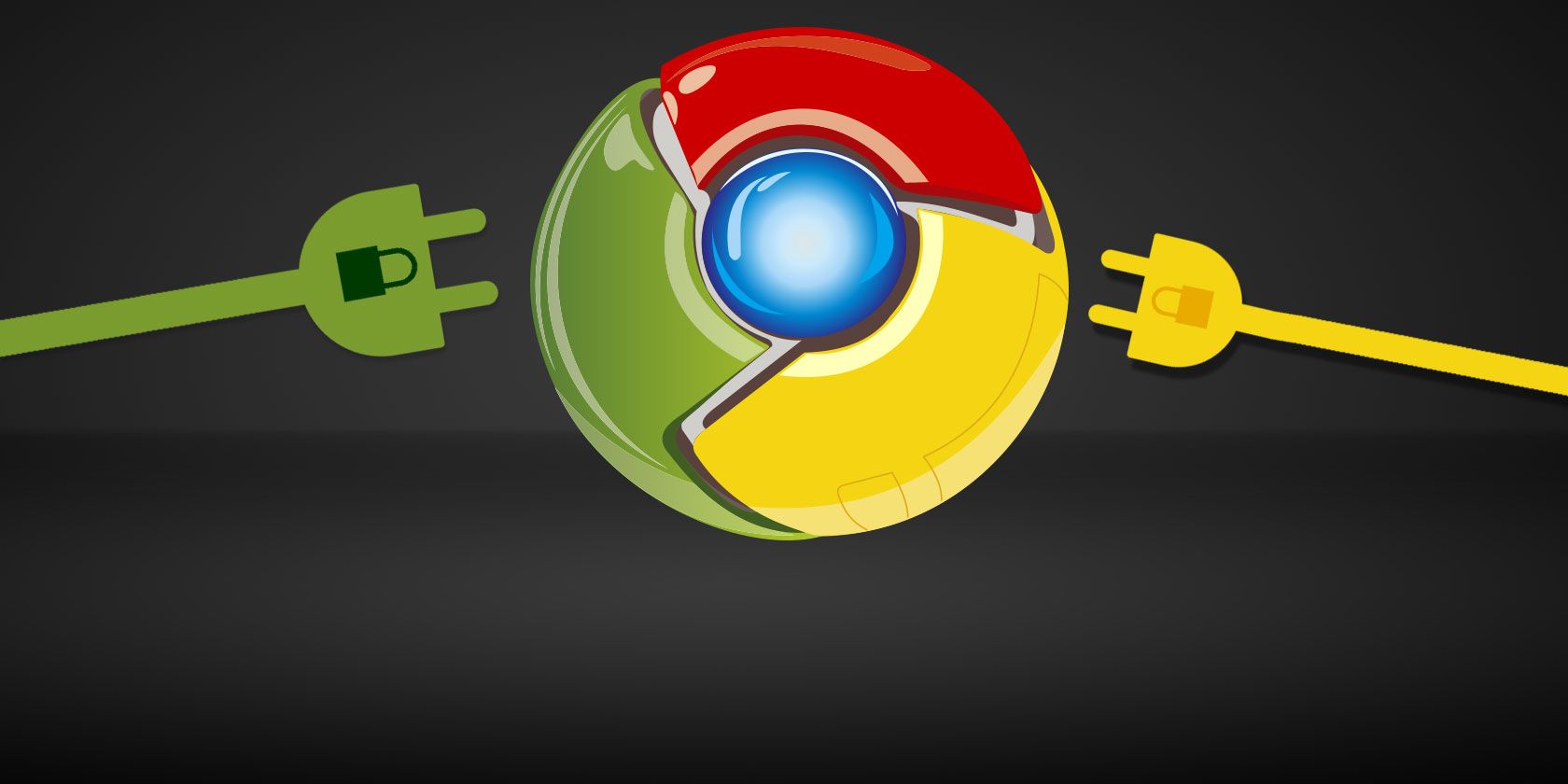

Virtualizing the profile increases the complexity of upgrading Chrome packages especially challenging given how often the browser is updated.Some of the configuration files within the Chrome profile include hard-codes paths – challenging if your App-V virtual drive changes between clients.There are a couple of reasons why this approach is a good idea: Whether you the Chrome user profile in the package will depend on your specific deployment requirements however my recommendation is to use this sync feature and leave the User Data outside of the App-V package. You could potentially hit the limit of the user PKG file size. The Chrome User Data folder can become very large and that’s without the Cache folder.

I don’t know why Google has chosen this location by default, however I suspect that it may be to encourage users to sign up for a Google account to enable the native syncing features of the browser. %LOCALAPPDATA%\Google\Chrome\User Data\Default (preferences, bookmarks etc.Managing the Chrome profile – virtualize or not?Ĭhrome stores preferences, extensions and other user datain:

This is not recommended and as such, I actually do not recommend virtualizing Chrome, if it is to be your regular browser. Note: Note that disabling the sandbox will reduce the browser security.


 0 kommentar(er)
0 kommentar(er)
